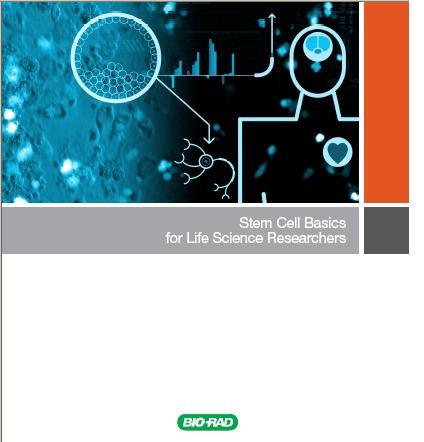A recent study published in the New England Journal of Medicine reported that autologous limbal stem cells can be used to permanently reverse the loss of vision caused by ocular burn induced limbal stem-cell deficiency (limbal stem cells function to replace dead corneal cells).
It is important to note that in the cases reported, eyesight damage was caused by neovascularization, chronic inflammation, and stromal scarring which resulted in an added epithelial layer that either blurred or caused total loss of vision. Furthermore, since the healthy stem cells used in the culture and subsequent transplant were obtained from the second, healthy eye, the reported therapy is only effective in patients with a remaining healthy eye.
The methodology involved culturing a biopsy of the patient’s contralateral eye co-cultured with irradiated 3T3-J2 feeder cells which were then transplanted into the damaged eye.
82 out of 107 eyes that had undergone treatment exhibited fully restored eyesight, which was for the most part stable throughout 10 years of follow up.
Unfortunately the study is being used as a political tool by some camps to discredit the use of human Embryonic Stem Cells for medical research. The claim of some in the pro-life camp is that since the study used adult stem cells (induced pluripotent stem cells) it is “proof” that the human embryonic stem cell debate is dead and that induced pluripotent stem cell therapy can provide just as effective (if not more effective) results. (For a great primer on the difference between embronic stem cells and pluripotent stem cells see Stem Cell Basics for Life Science Researchers).
Whatever the case may be, this is a very elegant study with fantastic results to be celebrated by all.
Rama, P., Matuska, S., Paganoni, G., Spinelli, A., De Luca, M., & Pellegrini, G. (2010). Limbal Stem-Cell Therapy and Long-Term Corneal Regeneration New England Journal of Medicine DOI: 10.1056/NEJMoa0905955
Tags: human embryonic stem cell, new england journal of medicine, stem cell, vision loss














